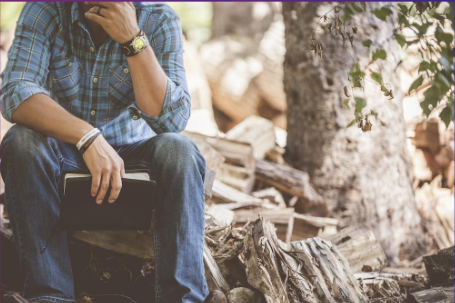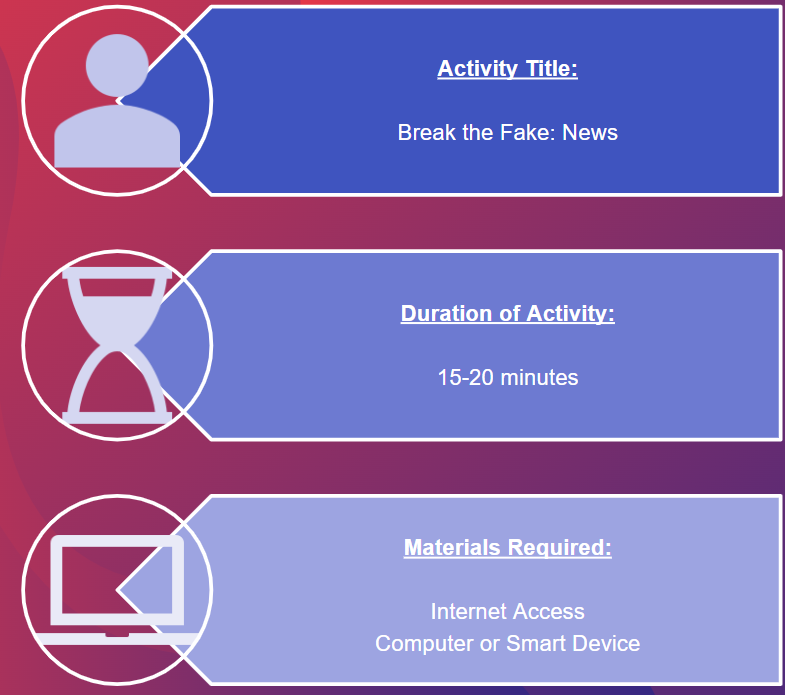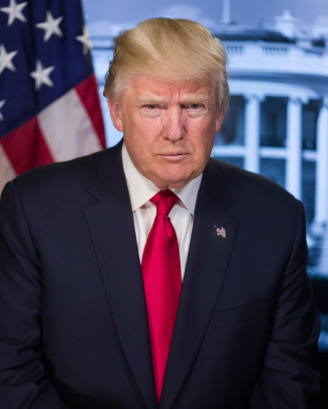
Training Kits
How to use and master fact-checking tools?

Learning Outcomes Matrix, Overview
Have you ever wondered where the concept of fact-checking comes from? In this module, we’ll dive into the fascinating history of fact-checking and define what it means in today’s world.
We also want to equip you with practical and accessible tools to help you detect and fight against fake news. With the abundance of information available online, it can be challenging to navigate through the chaos. That’s why we’ll introduce you to some handy online tools that can help you separate fact from fiction and critically approach media content.
Knowledge
- Discover tools to verify fake news
- Become familiar with the concept of fact checking (origin and definition)
Skills
- Search and detect fake news with the right technology and tools
- Be able to assess the reliability of information
Responsibilities & Autonomies
- Understand the importance of verifying the accuracy of information before accepting or sharing it
- Take responsibility for independently verifying the accuracy of information before accepting or sharing it
Fact-Checking
Fake news is like a virus, spreading quickly and infecting our understanding of the world around us. But just like a vaccine, fact-checking is our weapon against it! Fact-checking is the process of verifying the accuracy and truthfulness of information in news stories and other media content. In today’s digital age, it’s more important than ever to fact-check, as misinformation and fake news can spread like wildfire. By fact-checking, we can promote a healthy democratic discourse, prevent the spread of harmful information, and increase our media literacy. So, let’s arm ourselves with the tools to fight back against fake news and misinformation by learning about fact-checking initiatives and resources that we can use to sharpen our fact-checking skills (Leonard, Meban, & Young, 2023).

Section 2: MediAware Training Sessions & Resources
Why is Fact-Checking Important?
Learning to use fact-checking tools can help individuals detect and fight fake news by providing them with the necessary skills to evaluate the accuracy and reliability of the information they encounter online. Fact-checking tools allow individuals to verify the authenticity of sources, check the credibility of news stories and prevent the spread of misinformation. By developing these skills, individuals can become more informed and discerning consumers of media content, enabling them to make better decisions and participate more effectively in public discourse. Additionally, being able to critically approach media content can help individuals avoid being misled by biased or inaccurate information and promote a more informed and democratic society (Ohio University, 2023).
Mastering Fact-Checking Tools: A Hands-On Workshop
The “Mastering Fact-Checking Tools: A Hands-On Workshop” is an online workshop designed to equip learners with practical skills for using fact-checking tools to verify the accuracy of information and combat fake news. The workshop covers the basics of fact-checking, introduces common fact-checking tools and their features, and provides hands-on practice using the tools to verify information. The workshop is designed to be interactive and engaging, with group discussion and debriefs to share insights and strategies for using fact-checking tools effectively. The workshop is suitable for a variety of audiences, including young people and adults, and can be conducted online via video conferencing platforms. By the end of the workshop, learners will have gained practical skills in using fact-checking tools and will be equipped to apply these skills in their personal and professional lives.
Step-by-Step Instructions
Step 1
The facilitator should introduce the workshop by introducing themselves as the facilitator and briefly explaining the purpose of the workshop. The facilitator should explain that the workshop will cover the origin and definition of fact-checking and present concrete and accessible tools to detect and tackle fake news and critically approach media content.
Step 2
To get participants engaged, the facilitator should use an icebreaker activity. For example, the facilitator could ask participants to share one word that they believe is associated with the topic of fake news.
Step 3
The facilitator should explain the importance of fact-checking and why it is necessary in today’s media landscape, provide an overview of fact-checking tools and their features (examples: Snopes or PoliFact). The facilitator should ensure to cover how to identify credible sources and how to verify the accuracy of information.
Step 4
The facilitator should the introduce the ‘Get Bad News’ game, which is an interactive online game designed to teach participants how fake news is created and spread online. Participants should be given time to play the game and take notes on what they learn.
Step 5
After participants have finished Step 4, the facilitator should lead a group discussion on the experience of playing the game. Participants should share what they learned and any challenges they encountered during the game. The facilitator should ask participants to discuss how the game relates to real-world scenarios and the importance of fact-checking in everyday life..
Step 6
The facilitator should debrief the group discussion by summarising the key takeaways from the training. The facilitator should emphasise the importance of fact-checking and how to use fact-checking tools effectively.
Step 7
The facilitator should then answer any questions that the participants may have. After any questions have been answered, the facilitator should thank the participants for their time and participation throughout the session.
Resources
Section 2: MediAware Training Sessions & Resources
Self Reflection

- How has your understanding of fake news and misinformation changed after completing this workshop?
- Were there any specific fact-checking tools or techniques that you found particularly helpful or interesting?
- Can you think of a real-life situation where you might use the fact-checking skills you learned in the workshop?
How Dangerous is Fake News Really?
It can be difficult to determine whether information online is fake because there is so much content available on the internet, and anyone can publish or share information without verifying its accuracy. Misinformation and fake news can be intentionally designed to look legitimate, and they can be spread quickly and easily through social media and other online platforms. Additionally, many people have biases or preconceived notions that can make them more susceptible to believing false information that supports their beliefs or values. Therefore, it’s necessary to have the skills and tools to critically evaluate information and verify its authenticity.
Fact or Fake
This activity is a fact-checking exercise designed to help participants assess the reliability of information and detect fake news using online fact-checking tools. It is a simple but effective way to promote critical thinking and media literacy skills, which are increasingly important in today’s information-rich environment. By completing this activity, young people and adults can improve their ability to navigate and evaluate the accuracy and credibility of news, and information they encounter online, helping them make informed decisions and avoid spreading false information.
Step-by-Step Instructions

The facilitator should begin by dividing participants into smaller groups.
The facilitator should then provide each group with a list of news articles and some headlines, some of which are factual and some of which are fake.
The facilitator should then direct each group to read the articles and identify which ones are factual and which ones are fake.
The facilitator should encourage participants to use fact-checking tools to verify the information in the articles.
Once each group has identified which articles are factual, and which are fake, the facilitator should ask them to discuss the differences between the two.
The facilitator should then reconvene the whole group and have each group share their findings and discuss the challenges they encountered when determining the reliability of the information.
The facilitator will then finally facilitate a discussion on the importance on fact-checking and how to effectively use fact-checking tools to assess the reliability of information.
Resources
Fake News Doesn’t Affect Real-Life Right?
Fake news can have serious implications in real life, as it can shape public opinion, influence political decisions, and cause harm to individuals or groups. For example, fake news can lead to the spread of harmful conspiracy theories, incite violence or discrimination against specific groups, or spread misinformation about health issues. In some cases, fake news can also contribute to political polarisation and undermine trust in institutions such as the media, government, and scientific community. It is important to educate individuals on how to identify and fight against fake news to prevent its negative effects on real life.
MediaSmarts Break the Fake Quiz
The MediaSmarts Break the Fake quiz is an online tool designed to help learners develop critical thinking skills and improve their ability to identify and combat fake news. The quiz features a series of interactive scenarios that challenge learners to evaluate news stories and sources and determine whether they are real or fake. Through the quiz, learners can practice identifying common tactics used in fake news, such as clickbait headlines and manipulated images, and learn how to verify the information before sharing it. By using this tool, learners can develop their media literacy skills and become more informed and responsible consumers of news and information.

Step-by-Step Instructions
The facilitator should start by introducing the topic of fake news and why it’s important to be able to identify. The facilitator should explain to the learners that they will be taking a quiz that will help them develop their skills in detecting and fighting against fake news.
The facilitator should provide learners with clear instructions on how to access the quiz, either by providing them with a link to the website or by directing them to navigate to the website themselves. The facilitator should them know that the quiz is free and can be accessed from any device with an internet connection.
The facilitator should let learners know that the quiz consists of a series of questions with multiple-choice answers. Each question will them with a news story or social media post, and they will need to determine whether it’s real or fake. The facilitator will encourage learners to take their time and read each question carefully before selecting an answer.
As leaners work through the quiz, the facilitator should monitor their progress and be available to answer any questions they might have. The facilitator should be on hand if any participants get stuck or is unsure of an answer.
Once learners have completed the quiz, the facilitator should review the results with the participants. If they got any answers incorrect, the facilitator should take this as an opportunity to discuss why they were incorrect and what clues they missed. If they got all the answers correct, the facilitator should congratulate them and reinforce the importance of their newfound skills.
Finally, the facilitator should discuss the practical applications of the skills learned in the quiz. The facilitator should encourage learners to be vigilant when consuming news, and media, and to fact-check any information they’re unsure of. The facilitator should discuss the importance of being responsible consumers and sharers of information, and the impact that can have on the wider community.
Case Study
The 2020 US Presidential Election
Fake News: Its Impact on Major Worldwide Events
Fake news can even impact major worldwide events, including elections, public health crises, and international relations. In elections, fake news can influence voters’ decisions, potentially swaying an election in one direction or another. During public health crises, such as the COVID-19 pandemic, fake news can spread misinformation and lead people to engage in behaviours that are harmful to themselves and others. Fake news can also escalate tensions between countries and contribute to diplomatic disputes. In extreme cases, fake news can even incite violence and unrest, as seen in instances of hate crimes and riots fueled by false information.

The 2020 US Presidential Election
During the 2020 US Presidential Election, there was a surge of fake news and misinformation spread on social media platforms. One particularly concerning example was a viral post claiming that a Texas postal worker had been caught destroying hundreds of mail-in ballots, with a caption warning that “Democrats will cheat at all costs.” The post was shared tens of thousands of times on Facebook and Twitter and even retweeted by then-President Donald Trump.
However, this claim turned out to be false. Fact-checking organisations such as Snopes and PolitiFact investigated the post and found that it was based on a misunderstanding of the situation – the postal worker in question had accidentally knocked over a mailbox, which contained no ballots, and had reported the incident himself. The original poster had taken a screenshot of a news article about the incident and added a misleading caption.

Self-Reflection
- How did the viral post about the Texas postal worker spread so quickly on social media platforms?
- What do you think motivated people to share the post without fact-checking its accuracy?
- Have you ever shared a news story or post on social media without verifying its accuracy? Why did you do this?
- How can fact-checking tools help prevent the spread of misinformation and fake news on social media?
- What steps can you take to ensure that the information you share on social media is accurate and reliable?
Short Quiz
Q1. What is fact-checking?
- A process that involves verifying the accuracy and truthfulness of information in news stories and other media content.
- A way to spread false information.
- A process of sharing sensational news headlines.
Q2. What is an example of a fact-checking tool?
- Wikipedia
- Snopes
Q3. Why is fact-checking important?
- To prevent the spread of harmful misinformation and fake news.
- To promote sensational news headlines.
- To control the information available to the public.
Q4. What are some ways to critically approach media content?
- Believe everything you read.
- Sharing any news article that comes across your social media feed.
- Considering the source and looking for bias.
Final Thoughts
In today’s digital age, where misinformation and fake news can spread quickly and easily, it is essential to have the skills to detect and fight fake news and critically approach media content. Fact-checking tools can be valuable resources for verifying the accuracy and truthfulness of information in news stories and other media content. By learning to use fact-checking tools, individuals can become more media literate and better equipped to navigate the complex information landscape.
However, it’s important to remember that fact-checking is only one piece of the puzzle. Developing critical thinking skills and approaching information with a healthy dose of scepticism is also crucial for identifying and combatting fake news. Together, these skills can help us promote a healthy democratic discourse, prevent the spread of harmful information, and build a more informed and responsible
